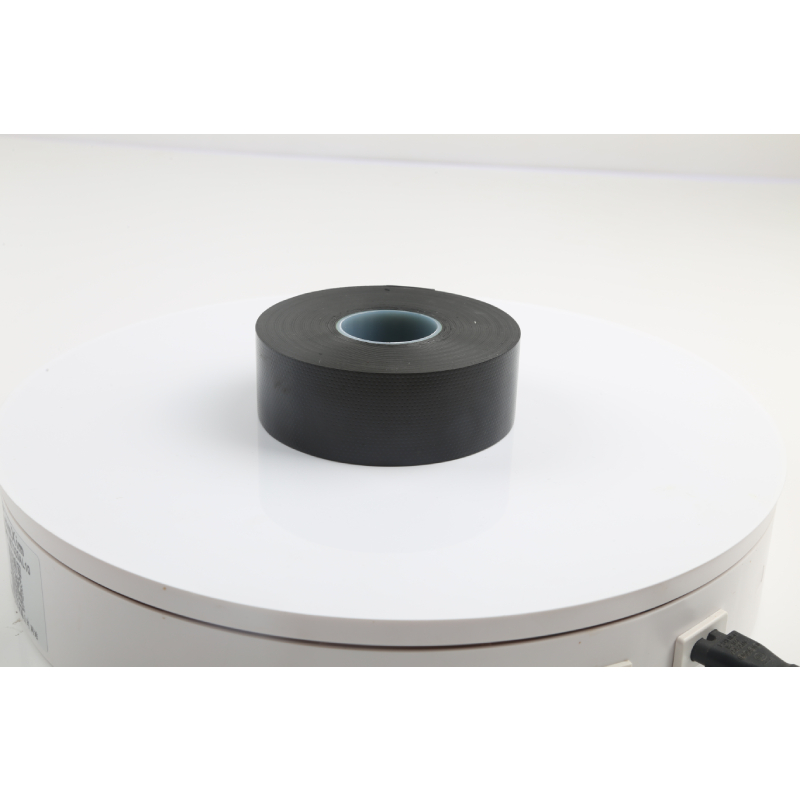The Importance of Strip Seal in Modern Infrastructure
In the realm of civil engineering and construction, strip seals play a pivotal role in ensuring the durability and stability of structures. A strip seal, often referred to as a joint seal, is a critical component designed to accommodate movement and prevent the ingress of water, debris, and other pollutants into the joints of bridges, pavements, and various structural elements. Understanding the significance and functionality of strip seals is essential for engineers and architects involved in infrastructure development.
One of the primary functions of strip seals is to manage the natural expansion and contraction that occurs in different materials due to temperature variations. Concrete and asphalt, the primary materials used in roadways and bridges, can expand when heated and contract when cooled. This constant movement can create gaps and joints that, if left untreated, can lead to structural damage over time. Strip seals are designed to fill these gaps, providing a flexible barrier that can accommodate significant shifts without compromising the integrity of the structure.
Moreover, strip seals are crucial for preventing water intrusion
. Water can be one of the most damaging elements to infrastructure. It can seep into joints, leading to corrosion of metal components, deterioration of concrete, and the formation of cracks that compromise structural integrity. By effectively sealing these joints, strip seals help to create a waterproof barrier that protects against the adverse effects of water accumulation, freezing, and thawing cycles.strip seal

The materials used in strip seals are specifically engineered to enhance their performance and longevity. Typically made from polymers or elastomers, these materials exhibit high elasticity and resilience, allowing them to withstand the rigors of traffic loads, weather changes, and environmental conditions. The choice of material is not merely cosmetic; it directly influences the seal's effectiveness and, consequently, the lifespan of the structures they protect.
Installation of strip seals requires meticulous planning and execution. Engineers must consider various factors such as joint dimensions, expected movements, and environmental conditions to ensure optimal performance. A poorly installed seal can lead to premature failure, necessitating costly repairs and potential safety hazards. Therefore, the role of skilled professionals in the installation process cannot be overstated. Regular maintenance checks are also essential to ensure that the strip seals continue to function effectively throughout their intended lifespan.
In addition to their structural benefits, strip seals also contribute to the overall aesthetics of infrastructure. A well-installed strip seal provides a clean, finished look to joints that enhances the visual appeal of bridges and roadways. This aspect is particularly important in urban environments where infrastructure forms a significant part of the landscape.
In conclusion, strip seals are a fundamental aspect of modern construction and infrastructure maintenance. Their ability to prevent water intrusion, accommodate movement, and enhance structural longevity underscores their importance in engineering design. As cities grow and infrastructure ages, the need for reliable and effective sealing solutions will continue to be a priority for engineers and architects alike. With ongoing advancements in materials and techniques, the future of strip seals looks promising, ensuring that our infrastructure remains safe, durable, and visually appealing for generations to come.
-
XIANGFAN Rubber Tape-Ultimate Solutions for All Your Insulation NeedsNewsJun.24,2025
-
XIANGFAN Rubber Tape-Protection for Industrial and Residential ApplicationsNewsJun.24,2025
-
XIANGFAN Rubber Tape: Superior Safety and Sealing for Demanding EnvironmentsNewsJun.24,2025
-
XIANGFAN Rubber Tape: Reliable Solutions for Every Electrical ChallengeNewsJun.24,2025
-
XIANGFAN Electrical & Industrial Tape: Powering Reliability Across IndustriesNewsJun.24,2025
-
XIANGFAN Electrical & Industrial Tape: Excellence in Every ApplicationNewsJun.24,2025
